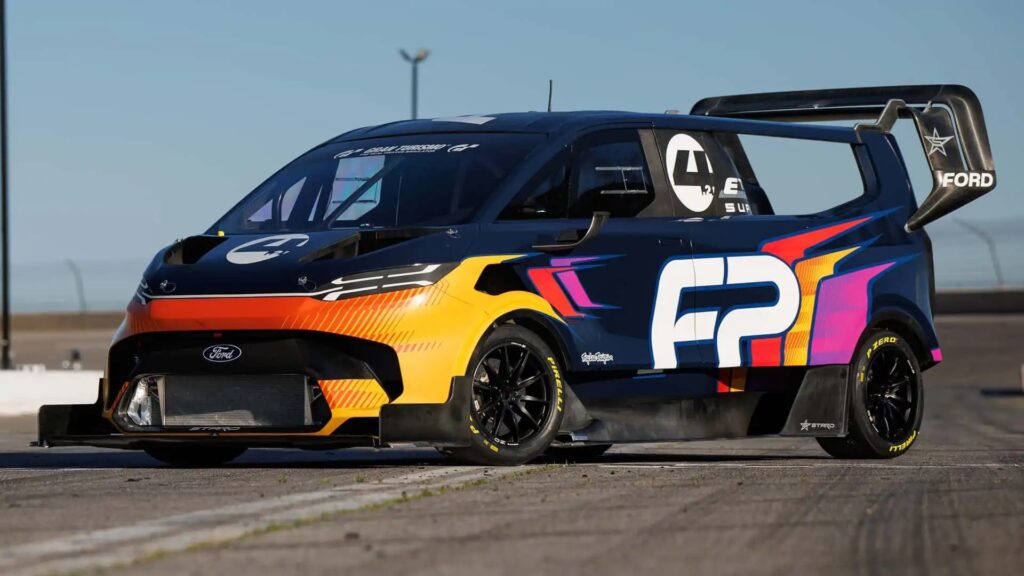
Being neither a passionate Holden nor Ford enthusiast I find it easy to look at both brands without the old loyalty factor coming into play.
So, when you look back to when both brands ceased local production in Australia, Ford on 7th October 2016 and Holden on 20th October 2017, it’s interesting to see how each of the brands have weathered the last 6 or so years here in Australia. At the time both companies stated the high Australian dollar, high local production costs, a small domestic market, and increasing global competition were reasons for their demise, and to be fair, so did Toyota and Mitsubishi when they closed their Australian production plants.
From a casual observer’s point of view, I feel as if Ford have fared better than General Motors primarily on the back of the successful Mustang and Ranger models, and with the F series and Mustang EV about to hit our shores the model range will only get stronger.
I get the feeling that Ford globally seem to be more prepared to take chances and one example is when in June last year Ford entered their SuperVan 4.2 in the 101st running of the annual Pikes Peak International Hill Climb or what is affectionately known as ‘The Race to the Clouds’.
Firstly, the Pikes Peak Race to the Clouds in Colorado, US is regarded as one of the toughest and most dangerous car races in the world. The track (which is normally a public road) is 19.99km in length, has 156 turns and climbs 1,440m in altitude to the finish line at 4,302m. First run in 1916, the surface was a combination of gravel and sealed sections, however it’s now asphalt from start to finish and the fastest time up the mountain was set in 2018 when French driver Romain Dumas driving a specially built all electric Volkswagen I.D. R, recorded a time of 7 minutes 57.148 seconds, which still stands today.
So, what made Fords entry in last year’s Pikes Peak so interesting to me? Well, the Ford Transit SuperVans are a series of promotional vehicles built by Ford UK which combines the outline and appearance of the popular Ford Transit van with the chassis and performance of a sports racing car. So, they’re not quite your suburban delivery van, but they’re also not an F1 car.
The first SuperVan appeared in 1971 at Brands Hatch with a GT40 chassis and a mid-engine 400 bhp (298kW) Ford V8 motor which reached a top speed of 240km/h. Not bad for a van some 53 years ago.
SuperVan 2 was built in 1984, it consisted of a fibreglass replica of the Mark 2 Transit with a Ford C100 Group C racing car chassis and Cosworth DFL engine which reached a top speed of 280km/h at Donington Park in the first ever British Truck Racing Grand Prix.
SuperVan 3 was built in 1994 to promote the new Mark 3 Transit Facelift. A seven-eighths scale reduced replica of the new bodyshell was fitted with a Cosworth HB motor that was later replaced with a more practical Ford-Cosworth Pro Sports 3000 V6 engine. This van was only used for promotional purposes.
SuperVan 4 was introduced in 2022 at the Goodwood Festival of Speed as the first all-electric SuperVan and it achieved the highest performance of any of the previous SuperVans. Four electric motors, a 50kWh liquid-cooled battery and a bespoke control system to produce approximately 2,000 PS (1,972 horsepower) enabled it to accelerate from zero to 62 mph (100 km/h) in under 2 seconds.
This brings us to 2023 when the SuperVan 4 was rebuilt for the attack on the 101st Pikes Peak. The SuperVan 4.2 was designed specifically for hill climbing, with large front and rear spoilers, a revised 3-motor all-wheel-drive powertrain with a total power output of 1,500 kW (2040 hp), an upgraded 600 kW regenerative braking system, a rebuilt frame, weight reduction, and a new high-performance Li-Po NCM battery.
Check out the following video to see exactly how the Ford SuperVan performed:
